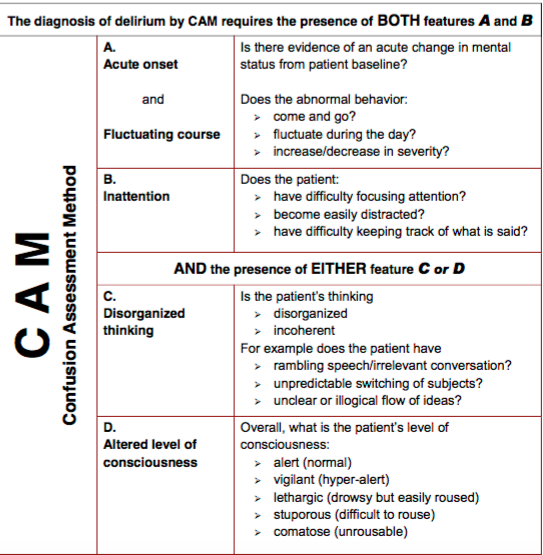Postpartum hemorrhage that occurs within the first 24 hours of
delivery is called as primary postpartum hemorrhage. The
main causes of primary postpartum haemorrhage are:
Secondary postpartum hemorrhage occurs after the first 24 hours and up to 6 weeks postpartum. Common causes of secondary postpartum haemorrhage are:
Risk Factors fro PPH
Resuscitation
Posted by:
- Uterine atony (TONE)
- Retained placental fragments (TISSUE)
- Lower genital tract lacerations (TRAUMA)
- Uterine rupture (Click here to read more)
- Uterine inversion (requires repair under general anesthesia)
- Hereditary coagulopathy (THROMBIN)
Secondary postpartum hemorrhage occurs after the first 24 hours and up to 6 weeks postpartum. Common causes of secondary postpartum haemorrhage are:
- Failure of the uterine lining to sub-involute at the former placental site
- Retained placental tissue
- Genital tract wounds
- Uterogenital infection
Causes can be remembered as TONE, TISSUE, TRAUMA, THROMBIN
Risk Factors fro PPH
- Primipara or Grandmultipara
- Previous PPH
- Pre-eclampsia
- Prior CS
- Placenta Previa
- Cervical or Uterine trauma
- Fetal Wt >4.5Kgs
- Prolonged 3rd stage
Resuscitation
- ABC
- IV Access x 2
- Fluid Resuscitation
- Involve OBGYN ASAP
- Keep them warm (Prevent the deadly triad of hypothermia, coagulopathy and acidosis)
- Bimanual uterine massage - place a fist in the anterior fornix and compress the uterine fundus against the hand in a suprapubic location
- Uterotonics
Oxytocin: 10U IM or 20-40 units in NS over 1 hour
Carboprost: 250mcg IM q30min (up to 2mg if needed), Avoid in HTN, Asthma
Misoprostol: 1000mcg PR
Methylergonovine: 0.2mg IM (up to 5 doses q2-4h), Contraindicated in HTN/Pre-eclampsia
- Consider Tranexamic Acid for critically ill
- Look for evidence of trauma, uterine inversion and uterine rupture
- Inspect for missing placenta fragments
- Arrange blood products (Packed Cells, FFP and Cryo if in DIC)
- Intrauterine balloon tamponade using Bakri balloon or Rusch catheter if uterine atony is the only or main cause of haemorrhage
- Move to OR for hysterectomy or Uterine Artery Ligation
Other advanced care methods:
- Interventional Radiology for Uterine Artery Embolisation
- REBOA as a temporary measure
Take Home:
References and Further Reading:
- Keep them warm (prevent Hypothermia, Coagulopathy and Acidosis)
- Remember the 4 causes - TONE, TISSUE, TRAUMA, THROMBIN
- Involve OBGYN ASAP
References and Further Reading:
- Tintinai EM 8th edition
- Shakur H, Elbourne D, Gülmezoglu M, Alfirevic Z, Ronsmans C, Allen E, Roberts I. The WOMAN Trial (World Maternal Antifibrinolytic Trial): tranexamic acid for the treatment of postpartum haemorrhage: an international randomised, double blind placebo controlled trial. Trials. 2010 Apr 16;11(1):40.
- https://www.rcog.org.uk/en/guidelines-research-services/guidelines/gtg52/
Posted by:
Lakshay Chanana
Speciality Doctor
Northwick Park Hospital
Department of Emergency Medicine
England








